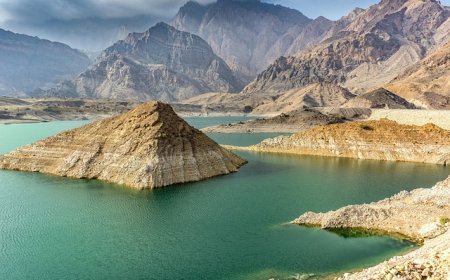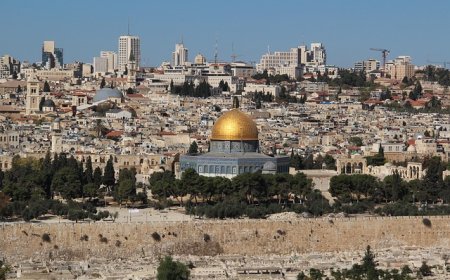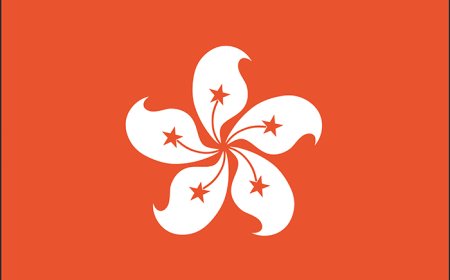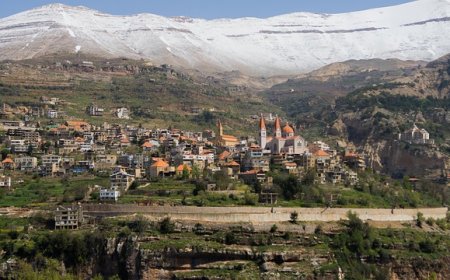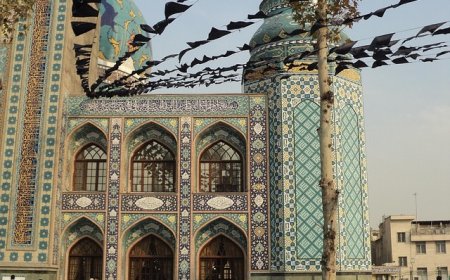China for Students: Geography, Culture, and History of the World’s Oldest Civilization
China for Students: Geography, Culture, and History of the World’s Oldest Civilization
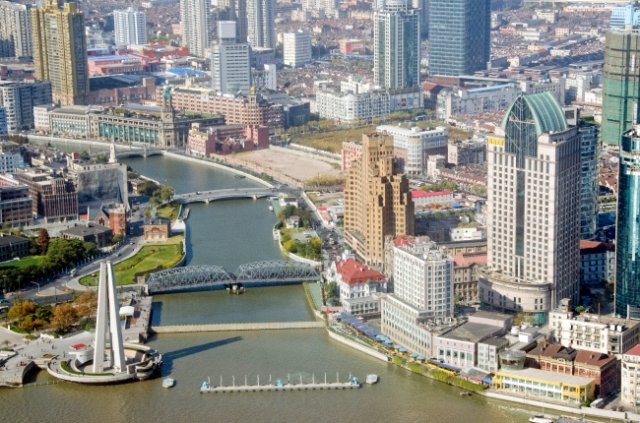
🇨🇳 China: A Civilization of Great Walls, Great Ideas, and Great Change
Introduction
China is one of the world’s oldest and most fascinating countries. Located in East Asia, it is the third-largest country by land area and the second-most populated, home to more than 1.4 billion people with a culture stretching back over 4,000 years. From ancient inventions like paper and printing to today’s high-speed trains and massive cities, China is where history and modern life meet.
Famous landmarks like the Great Wall, world-renowned cuisine, and contributions to science, art, and philosophy mark China’s global influence. Today, it remains a rapidly changing nation shaping the 21st-century world.
Geography and Landscape
China’s huge size and variety span 14 neighboring countries and every landscape type: towering mountains, vast deserts, fertile river valleys, tropical forests, and a long coastline.
- Tibetan Plateau & Himalayas: Home to Mount Everest and the world’s highest elevations.
- Gobi Desert: One of Asia’s largest deserts in northern China.
- Yangtze & Yellow Rivers: Lifeblood of eastern plains and cradle of early Chinese civilization.
- Climate Zones: From dry cold mountains to subtropical, wet summers.
Cities and Regions
China consists of provinces, autonomous regions, and municipalities. Each has its own customs, food, and history.
Beijing: The capital with ancient palaces, modern skyscrapers, the Forbidden City, and Tiananmen Square.
Shanghai: A global financial hub on the eastern coast mixing historic Bund architecture with futuristic skyline.
Other key cities: Hong Kong (special administrative region), Guangzhou, Shenzhen, Chengdu, Xi’an (Terracotta Army), and Wuhan.
People, Language, and Culture
With over 1.4 billion people, most are Han Chinese, alongside 55 minority groups such as Tibetans, Uyghurs, Zhuang, and Miao.
Mandarin is the official language, written in characters rather than letters. Regional dialects like Cantonese remain strong in the south.
Core values: respect for elders, family, education, and hard work. Festivals include Lunar New Year, Mid-Autumn, Dragon Boat, and Qingming. Traditions span calligraphy, martial arts, tea culture, and teachings of Confucius.
Food and Daily Life
Chinese cuisine is regionally diverse: Sichuan’s spicy dishes, southern dim sum, northern dumplings and pancakes. Staple ingredients: rice, noodles, tofu, vegetables, pork, chicken, and spices like ginger and garlic.
Meals are communal around round tables using chopsticks. Tea (green, jasmine, oolong) is central to daily life and ceremonies.
Urban living often means high-rise apartments, busy markets, and six-day school weeks, with intense competition for university entrance.
History of China
Over 4,000 years ago, dynasties such as Xia, Shang, and Zhou laid early foundations. The Qin Dynasty unified China and began the Great Wall. Successive dynasties—Han, Tang, Song, Yuan, Ming, and Qing—fostered inventions: paper, gunpowder, compass, printing, and established the Silk Road.
19th–20th centuries saw decline, foreign invasions, and the 1911 revolution ending imperial rule. In 1949, the People’s Republic of China was founded under Mao Zedong. Economic reforms since the 1980s have transformed China into a global economic powerhouse.
Nature and Wildlife
China’s biodiversity includes over 7,000 animal species and 30,000 plants. The giant panda is a national symbol, with other wildlife like snow leopards, Siberian tigers, and red-crowned cranes protected in reserves and parks.
Vocabulary List
| Word | Definition |
|---|---|
| Dynasty | A line of rulers from the same family over many years |
| Terracotta Army | Life-size clay soldiers buried with China’s first emperor |
| Mandarin | The official language of China |
| Silk Road | A historic trade route connecting China to Europe and Asia |
| Lunar New Year | Festival marking the new year based on the moon’s cycle |
| Confucius | Ancient Chinese philosopher teaching ethics and social harmony |
| Chopsticks | Traditional eating utensils used instead of forks |
| Panda | A black-and-white bear native to China, symbol of conservation |
👧🧒 Kid-Friendly Summary
China is a huge country in Asia with mountains, rivers, deserts, and big cities. More than a billion people live there, and most of them speak Mandarin Chinese. China has a long history with kings called emperors and ancient buildings like the Great Wall.
People in China eat rice, noodles, and dumplings, and they drink lots of tea. They celebrate special holidays like Lunar New Year with red decorations and fireworks. China is also the home of pandas and inventions like paper and printing. Today, China is one of the most important and powerful countries in the world.
🧠 Interactive Quiz: What Do You Know About China?
1. What is the capital of China?
A) Shanghai
B) Beijing
C) Hong Kong
D) Xi’an
2. What is the Great Wall?
A) A river
B) A festival
C) A historic defense wall built to protect China
D) A mountain
3. What do people in China often eat with?
A) Spoons
B) Forks
C) Chopsticks
D) Hands
4. What is the Terracotta Army?
A) Real soldiers
B) Clay statues buried with an emperor
C) A group of teachers
D) A band
5. What language do most people in China speak?
A) Cantonese
B) Korean
C) Japanese
D) Mandarin
6. What animal is a symbol of China?
A) Tiger
B) Monkey
C) Panda
D) Elephant
7. What was the Silk Road used for?
A) Sending emails
B) Walking dogs
C) Trading goods and ideas
D) Building houses
8. Who was Confucius?
A) An emperor
B) A singer
C) A philosopher and teacher
D) A soldier


















































